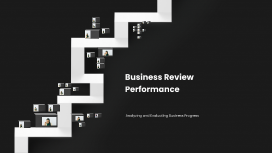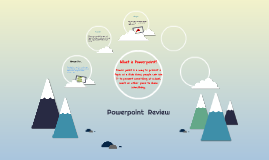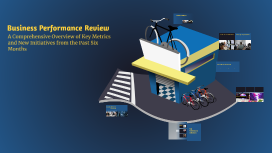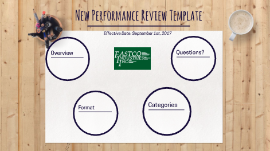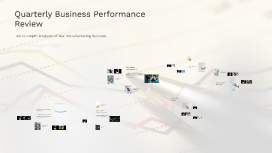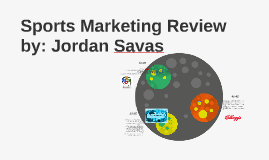Business Review Performance
Transcript: Revenue Growth Initiatives Revenue growth initiatives focus on increasing sales, improving pricing strategies, and enhancing customer retention to drive overall revenue growth and profitability. Summary of Business Performance Review Recommendations for Future Improvement To drive growth, focus on diversifying revenue streams and optimizing cost structures, leveraging market insights and customer feedback. The review highlighted robust financial performance and operational efficiency, indicating areas of strength and areas for enhancement. Action Plan for Implementing Changes Market Expansion Strategies Develop a timeline for implementing proposed changes, assign responsibilities, and set clear objectives to track progress effectively. Market expansion strategies involve entering new markets, expanding product lines, or targeting different customer segments to increase market share and revenue streams. Concluding Business Performance Review Strategies for Growth Enhancement Business Performance Data Analysis Summarizing the key findings and insights from the comprehensive business performance analysis. Identifying new market opportunities, implementing marketing strategies, and enhancing product innovation to drive sustainable growth. Examining financial, operational, and growth metrics to formulate informed recommendations and action plans for business development. Operational Efficiency Optimization Financial Performance Evaluation Employee Engagement Strategies Identifying Expansion Opportunities Streamlining processes, improving resource utilization, and enhancing supply chain management to maximize operational efficiency and productivity. Analyzing financial statements, monitoring key performance indicators, and assessing profitability to make data-driven decisions for business growth. Developing employee training programs, fostering a positive work culture, and incentivizing performance to enhance employee engagement and retention. Identifying expansion opportunities involves conducting market research, analyzing competitor landscapes, and assessing consumer trends to determine potential areas for business expansion. Unlocking Growth Potential Market Expansion Strategies Exploring new markets, forming strategic partnerships, and tailoring marketing tactics to expand reach and increase market share. Analyzing market expansion strategies, revenue growth initiatives, and identifying expansion opportunities to drive business growth. Customer Feedback Utilization Leveraging customer feedback to enhance product offerings, improve service quality, and drive customer loyalty and satisfaction. Assessing Operational Efficiency Efficient operational processes are vital for business success. Monitoring and optimizing supply chain, inventory, and production are key to achieving operational excellence. Production Processes Optimizing production processes increases throughput, decreases lead times, and boosts overall productivity. Implementing lean manufacturing principles and automation technologies can streamline operations and improve efficiency. Supply Chain Management Effective supply chain management ensures timely delivery of goods, reduces costs, and enhances customer satisfaction. It involves optimizing logistics, inventory levels, and supplier relationships. Inventory Control Efficient inventory control minimizes excess stock, reduces storage costs, and prevents stockouts. Utilizing techniques like ABC analysis and Just-In-Time inventory management enhances operational efficiency and profitability. Cash Flow Analysis Balance Sheet Review Cash flow analysis evaluates the inflow and outflow of cash within a business to assess liquidity, solvency, and overall financial health. A balance sheet presents a company's financial position at a specific point in time, listing assets, liabilities, and shareholder equity. Income Statement Analysis Business Review Performance The income statement provides a snapshot of a company's profitability over a specific period by detailing revenue, expenses, and net income. Analyzing Financial Performance Understanding the financial health of a business through income statements, balance sheets, and cash flow analysis is crucial for strategic decision-making. Objectives of the Business Review Importance of Regular Business Reviews The objectives of a business review include evaluating the company's financial health, assessing operational efficiency, identifying growth opportunities, and aligning strategies with business goals. It aims to provide a comprehensive analysis of the organization's overall performance and performance metrics. Regular business reviews are essential for tracking progress, identifying challenges, and making informed strategic decisions. These reviews enable companies to stay competitive, adapt to market changes, and drive continuous improvement in performance. Monitoring Sales Performance Evaluating Profit Margins Key Performance Indicators (KPIs) Analysis






